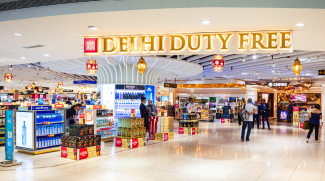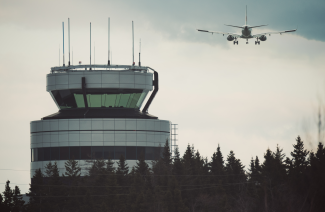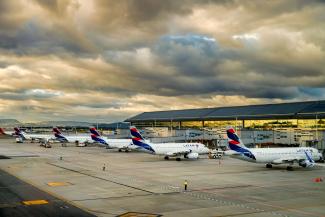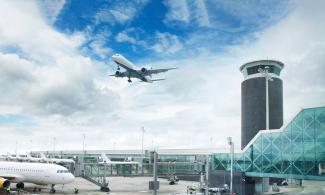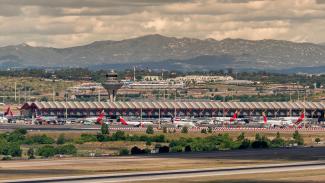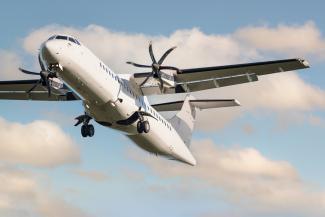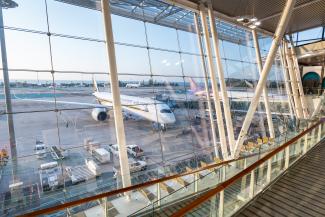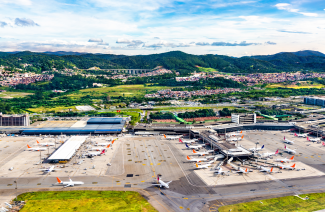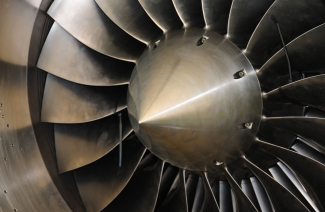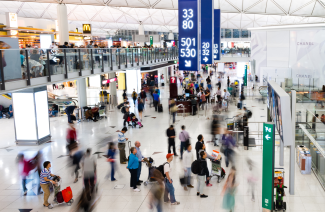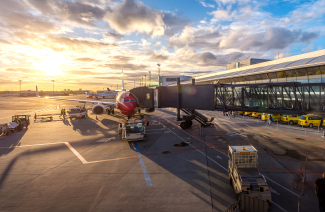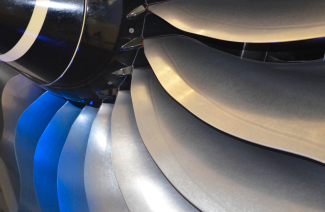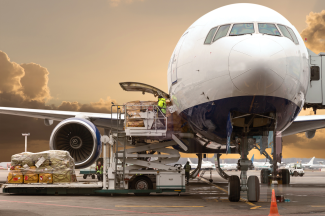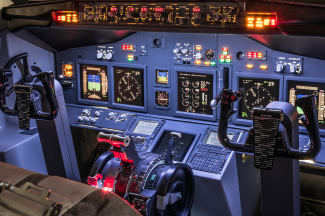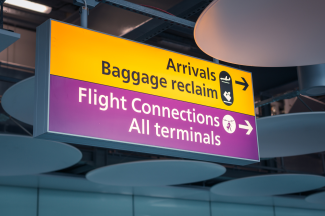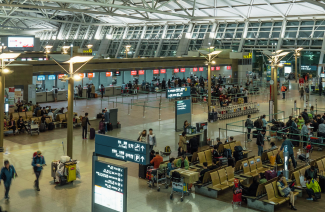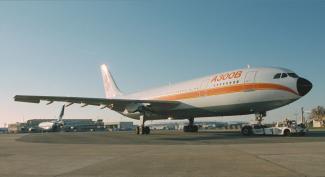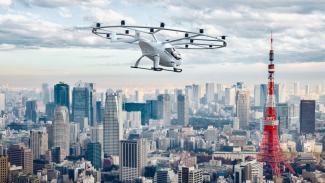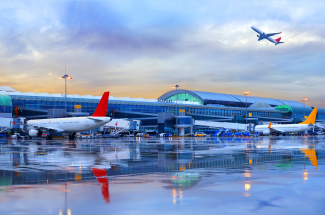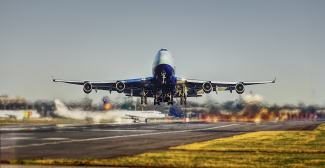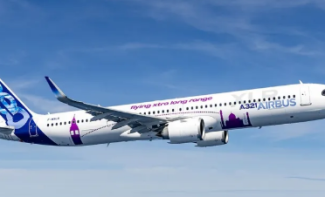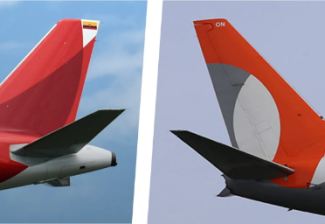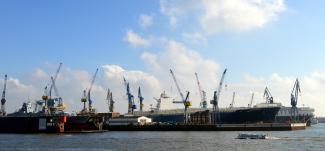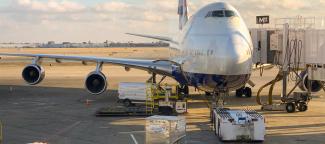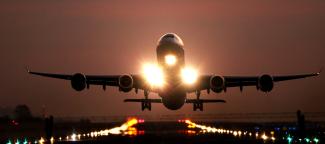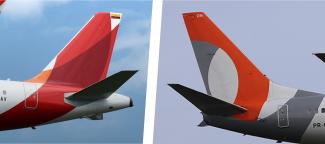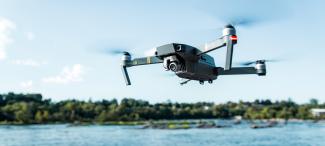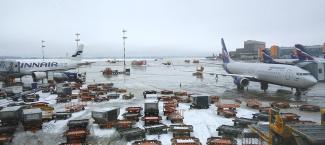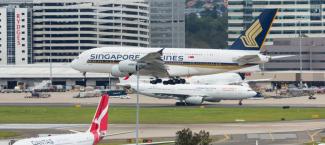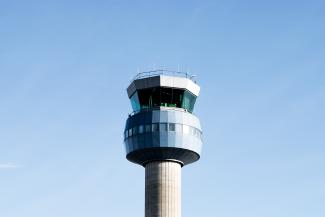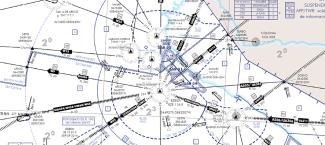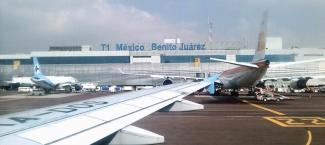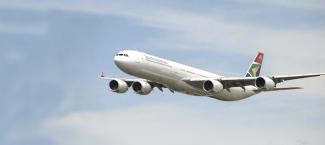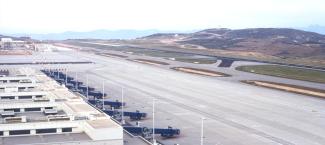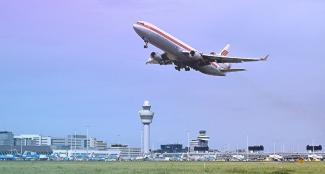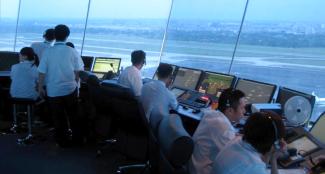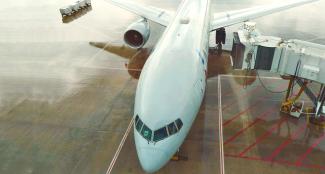Despite the impact of the COVID-19 pandemic, global demand for air transport is expected to continue doubling every 15 years which in the coming decades. This demand growth is naturally associated with the increase of commercial revenues; however, the commercial revenue per passenger has remained almost constant over the last 10 years in most of the major airports.
Implementing a new commercial concept in airport passenger terminals is conceived as a key asset to improve commercial areas and their performance, not compromising optimizing operational efficiency and capacity.
Commercial revenues represent an important source of income for the airport operator, with Duty Free being the commercial business activity that accounts for most of these revenues.
The evolution of the traditional Duty Free concept in accordance with new commercial trends is a game-changer for airport operators and retailers, which have the opportunity of increasing the revenue per passenger which has historically tended to remain constant despite the traffic growth.
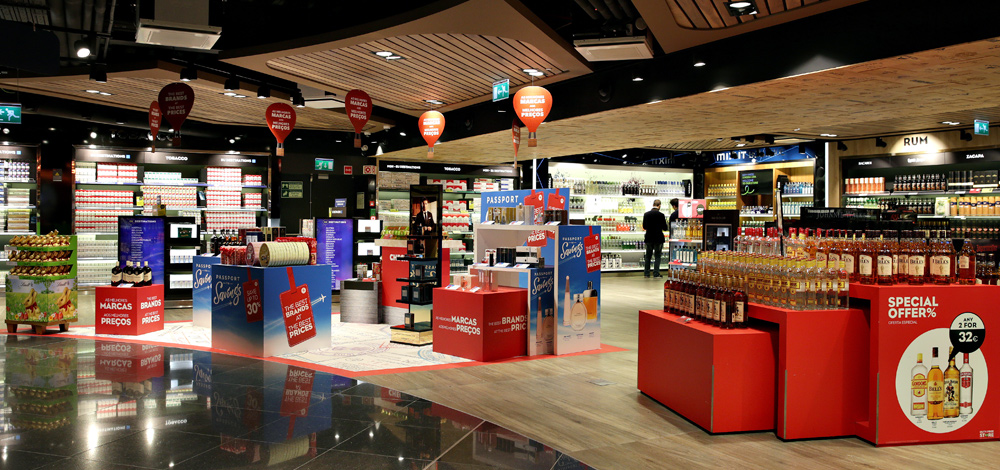
What are the potential improvements for Retail and Duty-Free?
1- Store location
Strategic positioning of commercial areas throughout the passenger departure process. Duty Free and the other commercial areas are usually located over the passenger journey to gates, the ultimate purpose of the strategic positioning is to give an attractive look and feel and draw customers into the stores.
- Seamlessness of the passenger journey.
- Integration with operations: walk-through, open configuration and pop-up stores.
- Flow simulation to guarantee the optimum terminal layout.
When designing the terminal building layout, the whole passenger journey is considered from the entrance to the airport to the boarding gates. For this reason, the strategy adopted to locate the commercial areas is based on the airport trip phases and the estimated stress level of the passengers on each of these phases. Attending to these two parameters, the optimum location is after the security control and just before the boarding gates, where passengers usually have more dwell time.
ALG has developed different strategies to maximize the commercial area performance based on the in-terminal location of the stores. The optimum location and the passengers' exposure to the commercial areas are calculated through flow simulation software, to guarantee the correct operation of all the departure and arrival processes and provide passengers with more dwell time between security control and gates.
2- Product Mix
Change the mindset "Duty Free stores only sell alcohol, tobacco and perfumes" by the introduction of a wide variety of products, including the unique products of the region and adapting the product offer to the needs of each airport passenger profile.
- Offer characterization.
- Demand characterization.
- Private-label products and agreements with brands.
- KPIs: commercial performance dashboard.
Proper adequacy of the offer to the airport passenger profile will make the items more attractive to passengers’ and therefore they will be more willing to buy.
From the retailer point of view, the product mix could be divided into four categories attending to the sale strategy: margin, cash, variety, and traffic. Depending on the commercial strategy for each category, operators manage revenues differently: luxury and exclusive items usually fall into the margin category, while snacks and souvenirs do it on traffic or cash categories.
A detailed offer and demand characterization of the airport and its comparison will result in the offer-demand balance, improving the Duty Free stores performance. The result of this comparison will provide the KPIs of each airport Duty Free business, which will be monitored and plotted through a commercial performance dashboard.
3- Internal store layout
Product allocation and store configuration. One of the differentiating elements of the Duty Free offer compared to retail is often the product presentation and the in-store experience. In this sense, best practices should not forget the passenger's perception of Duty Free as unique shopping opportunity.
- Product categorization and aisle configuration strategy.
- Attend to passenger insights.
- Click and collect areas.
Duty Free stores are usually found in walk-through or open configurations in order to facilitate the passenger flow through the airport.
On the other hand, operators must consider the shopping trends and passenger needs, for instance, the necessity of spending less time in the stores could drive to the installation of Click&Collect points in the stores or the implementation of a home delivery system to attend the in-store orders.
ALG in-store configuration strategy is conceived as a lever to increase sales without disrupting the rest of the airport's operations. The optimum management of the customers flows through an easily navigable corridor together with an attractive look and feel of the stores will help customers to understand the product offering quickly.
4- Digital Transformation
Application of advanced technologies in order to improve the efficiency and performance over all customer experience. Data collection would be the key enabler for the Duty Free Digital Transformation.
- Omnichannel strategies: adequate to passengers' needs.
- Mobile App.
- Marketplace: connecting airports.
- Personalization: push notifications once passengers have booked a flight - flash offers, customers favorite items, find in shop, real-time recommendations.
- Payment method: scan to shop from catalogs or shelves.
- Click & Collect and Home Delivery.
- Continuous monitoring and data collection.
The Duty Free customer journey begins even before booking a flight through omnichannel marketing strategies as loyalty programs, mobile applications and the availability of virtual duty free marketplaces. Once passengers have booked a flight, push notifications, flash offers, and other promotions could be launched through these channels in order to encourage shopping.
Additionally to these pre-airport strategies, operators should also focus on redefinition the in-store experience by implementing real-time recommendations, find-in-shop facilities, augmented reality fitting, personal shopping advice and many other tools based on advanced technologies such as big data, machine learning or artificial intelligence. All these tools have the ultimate purpose of enhancing the customer experience and hence encourage their shopping.
Another area of improvement are the payment methods. Allowing self-pay and payment through the mobile app will reduce waiting times, hence the “congestion cost” derived from the fear of missing a flight.
The enabler of this digital transformation is the continuous data collection and its correct monitoring and management, which will result on the personalization of the promotions and offers attending to each customers favorite items and the adequation of the offer to the customers evolving needs. The combination of data management and digital strategy will result on the adaptability and scalability of the Duty Free business.

